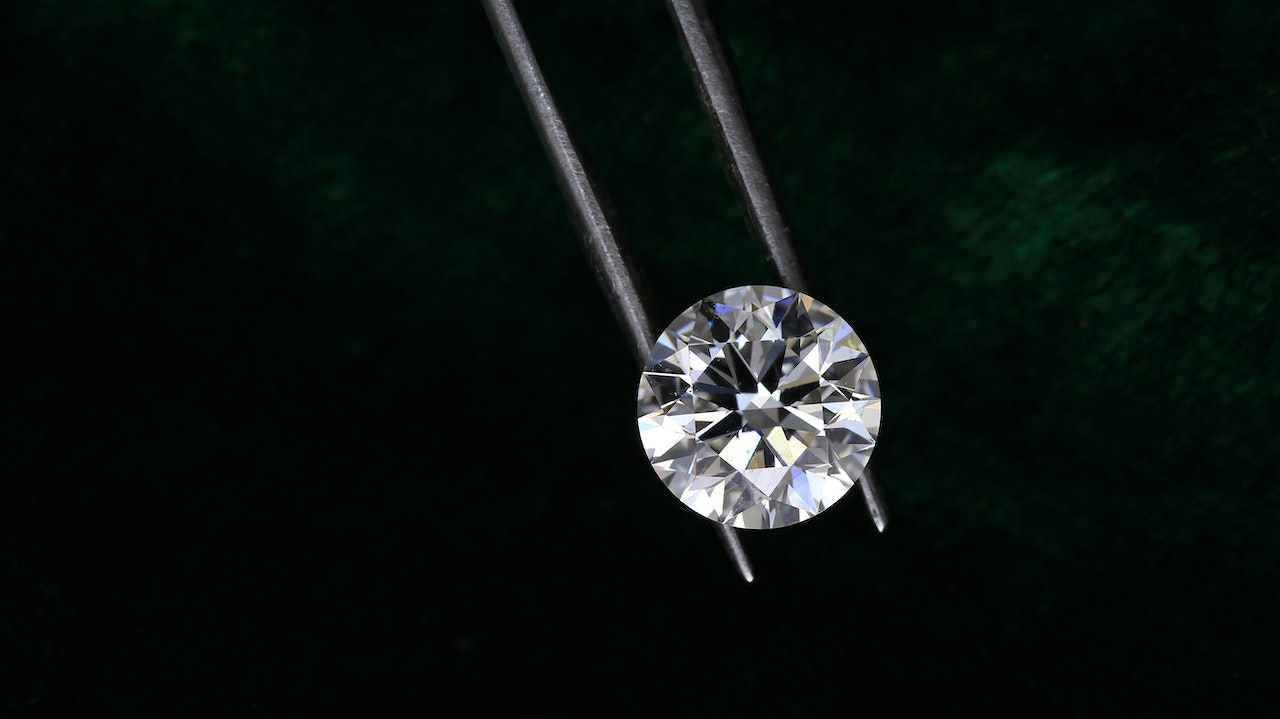Jewelry selection may be stressful. Which physique should you adopt? Which design will look the best? It might be challenging to pick the ideal cut of moissanite to complement your style because there were various options available. Choosing the best cut for your Moissanite rings might be the most important choice.

Contrary to common opinion, the moissanite’s cut refers to the symmetry and proportions of the stone’s facets rather than the gemstone’s actual form. Each stone has a unique number of facets and ratios depending on its cut, which have an impact on how much light gets reflected and scattered to produce sparkle. Here’s a look at some of the best cutting shapes for moissanite engagement rings:
What is a Moissanite Cut?
Which moissanite cut is best? Infinite design options for jewelry are possible thanks to the astonishing diversity of shapes, caratages, and sizes that moissanite may be cut and fashioned into. With larger and smaller stones exhibited in fine metals with moissanite, contemporary and traditional style alternatives are easily accessible at your selected price range.
1. Round Brilliant Cut
The round brilliant cut is the most popular shape for engagement rings, whether they feature diamonds or moissanite. It consists of 57 or 58 facets and is renowned for maximizing light return. This shape is classic and timeless, suiting all ring settings and styles.
2. Princess Cut
For those who want a modern alternative to the round brilliant cut, the princess cut is an excellent choice. The square or slightly rectangular shape allows for a unique geometric look while maintaining a high degree of brilliance.
3. Oval Cut
Oval cuts offer an elongated shape that can create the illusion of longer, more slender fingers. It’s a unique yet classic shape that stands out for its brilliance and ability to catch light. Because of its elongated shape, it appears more massive than a round stone of the same carat weight.
4. Cushion Cut
Also known as the “pillow cut,” the cushion cut gets a blend of a square and round shape with softened corners. Its massive facets allow for greater separation of light, resulting in a mesmerizing sparkle. This cut has vintage appeal but also fits contemporary settings.
5. Emerald Cut
Emerald cuts are rectangular with cut corners and are known for their elegant, understated appearance making your Moissanite rings more elegant. The linear facets of this cut are step-cut into the pavilion, providing less brilliance but more clarity, which suits those who appreciate a more subdued sparkle.
6. Pear Cut
Pear cuts, or teardrop shapes, offer a unique and striking look. They are essentially a fusion of the oval and marquise cuts, providing the brilliance of an oval but with a distinctive point that can worn facing up or down.
7. Marquise Cut
With both ends pointy, the marquise cut resembles the pear cut. Because of its form, it gets referred to as a navette or boat cut. The marquise cut is ideal for maximizing the value of your carat weight since it makes a stone seem enormous and is great for lengthening your fingers. Moissanite stones with a marquise cut provide a stunning, bright appearance.
8. Radiant Cut
It is a versatile cut that combines the brilliance of a round cut and the contemporary angular appearance of an emerald cut. It can be square or rectangular and features 70 facets for maximizing brilliance and fire.

9. Asscher Cut
The Asscher cut is similar to the emerald cut but in a square shape. It has a more vintage appeal, featuring step cuts like the emerald but with a higher crown and more extensive step facets. This results in more brilliance and is often chosen for its unique, retro look.
10. Heart Cut
For those who love to wear their hearts on their fingers, the heart cut is a distinctive and romantic choice. This shape is complex to create, requiring skilled craftsmanship to ensure all the facets contribute to its brilliance.
Factors to Consider
When selecting a cut, consider the ring’s setting, your partner’s hand shape, and your budget. Cut in moissanite can influence the ring’s overall appearance and how it complements the wearer. Additionally, certain shapes like round and princess cuts tend to be more expensive due to the complexity of the cut and the amount of rough material that must be removed.